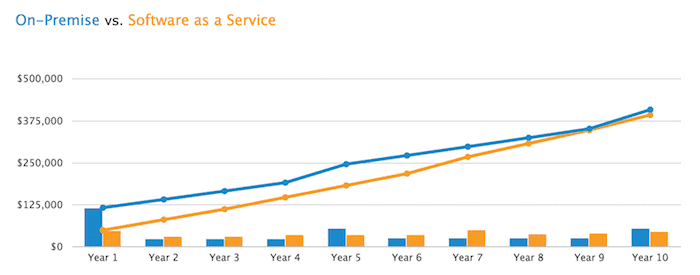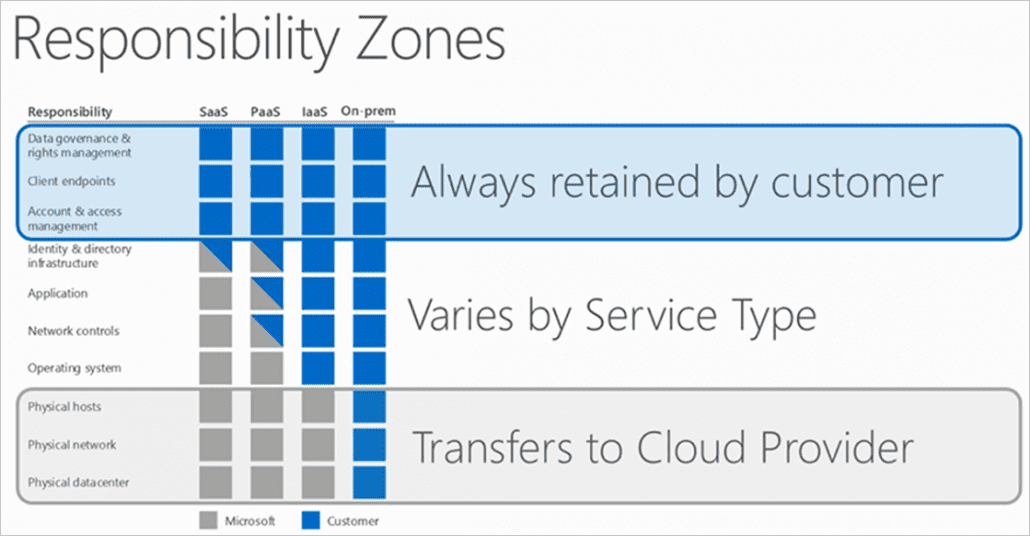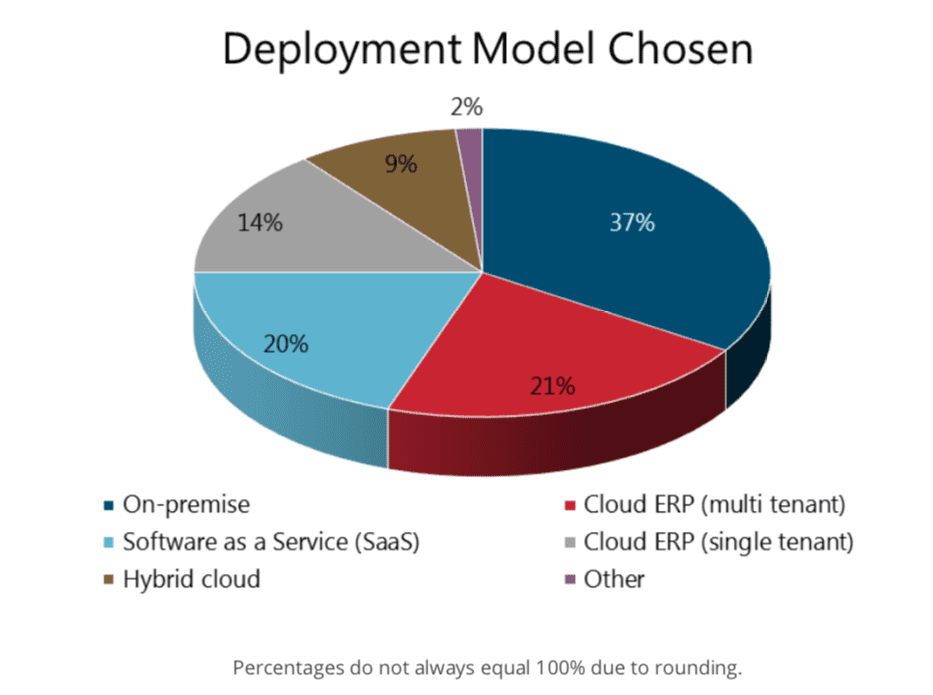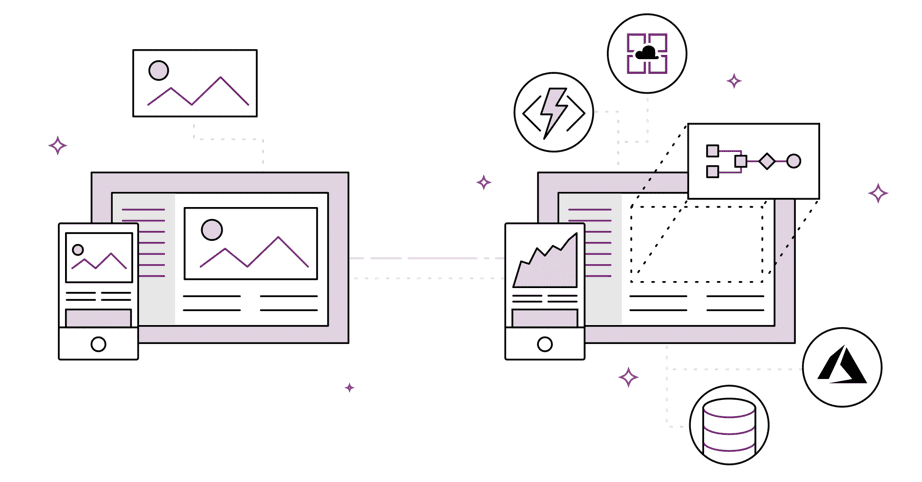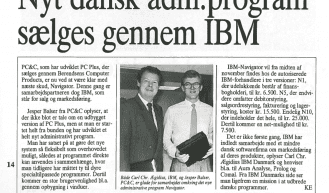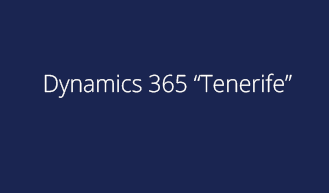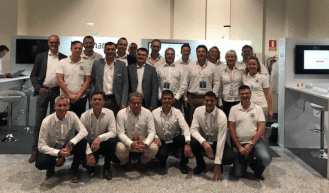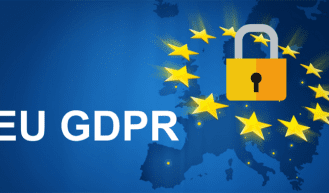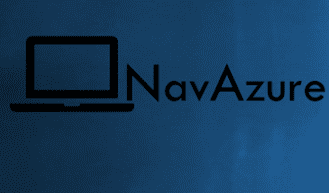Migrating from the Customized On-premise ERP Solution to the Cloud
NAV
By Hans Peter Bech
Most organisations need to be in control of their ERP system and cannot accept that changes are made without their explicit consent. They need to be convinced of the benefits and they need to prepare their users for any changes.
One of the praised virtues of cloud-based SaaS solutions is the ongoing upgrading undertaken by the vendor with no service interruption to the customer. Systems and application software are upgraded, and bugs are fixed in the background. New features are added on the fly and made available next time you log on. Upgrading and updating your applications and the software stack beneath them are yesterday’s sorrows.
This is Nirvana – the destination we are all heading for.
But can you imagine a situation where the vendor changes the data model and the functionality, moves around the fields and changes the user interface of an ERP application, without you knowing about it? Updating the software at two-week intervals is not going to fly in the ERP industry, where users are performing data operations supporting mission-critical business processes.
Most organisations need to be in control of their ERP system and cannot accept that changes are made without their explicit consent. They need to be convinced of the benefits and they need to prepare their users for any changes.
“Lack of control” explains why a large part of the market hasn’t embraced cloud-based ERP solutions. However, there are more reasons why the adoption rate is slow, and they are not all related to the law of diffusion of innovation.
What is so pretty about cloud and SaaS?
The answers are straight forward: price, security and simplicity.
Price
Why don’t we all have a power generator in the basement? Because it’s far more cost-effective to produce power in large plants and make it available out of a plug in the wall when we need it. Computer capacity is no different from electricity. We all need it, but we don’t all need to produce it.
The price of servers and data storage has decreased while the demand for capacity has increased. Check all the research comparing on-premise with cloud solutions and the conclusions are that the total cost of renting server and data storage capacity in the cloud is less expensive than the on-premise alternative. It’s called economy of scale and it is hard to beat.
There is no immediate reason why SaaS should have a lower lifetime cost than the on-premise alternative, but reality shows that it does. Software prices have come down over the years and the trend has continued after the SaaS/cloud delivery format was introduced.
The shift from upfront pre-paid perpetual licenses to periodical subscriptions have changed the cashflow profile of IT-consumption from CAPEX to OPEX. That is an advantage to many companies, and they have supported making decisions for using IT-solutions in larger organisations independent from the IT-department.
Where on-premise software typically comes with limits on the number of concurrent users, the SaaS model operates with named users. You will always have more named than concurrent users. However, most ERP vendors offer role-based pricing differentiating between power users and more casual users.
Illustration courtesy of Software Advice
The chart1 above shows an example of the cashflow profile of the two delivery formats. When it comes to price, the cloud is the better option.
Security
Is your data safer on the server in your basement or on Microsoft Azure? Where do you keep your money? In the basement or in the bank?
We are all concerned with theft, data leakage and deletion. In this respect the need for security in the cloud is no different from the needs of the on-premise data centre. In the cloud the costs of maintaining facilities and hardware is included in the price, and you are offered software-based security tools to monitor and protect the data traffic into and of out of your cloud resources.
All cloud providers, including Microsoft, are extremely concerned about security and offer more of it than any SMB company can ever afford to apply on an individual basis. Many cloud providers are even certified by independent third-party auditors to attest that their internal security processes are in place and that they are effective in managing and protecting your data.
Division of responsibility on Microsoft Azure.
While security was a big issue previously it seems that the times have proved that cloud providers are serious about it and have prevented any major incidents.
Simplicity
With your own servers, you are responsible for systems administration, availability and uptime. With a cloud-based solution you’re not. While IT-systems are key to the operation of any company, maintaining an IT-infrastructure is not. Of course, there is no guarantee that a cloud-based system cannot be down, however if you compare the statistics then the individual on-premise alternative never wins. The major cloud providers have solid back-up and escalation procedures in place that kick-in when outages occur.
While there is no law of nature declaring that cloud-based software should be more user-friendly than their on-premise ancestors, it just seems that it always is. Maybe it’s because we started with the simpler systems being offered as a service and maybe it is because most SaaS providers want to live off their subscription revenue and avoid the hazzle of training and support.
Simple solutions are also much easier to test. All you need is a browser or the client app. The application and the underlying stack of software are not your concern.
But on-premise refuses to go away
Getting rid of servers and the staff required to keep an IT-infrastructure running certainly sounds appealing to most SMBs. But the uptake in cloud and SaaS did not come from the SMB-market rushing to move their ERP systems out of the building. It came from new and peripheral non-mission critical applications and was especially embraced by the S in the SMB abbreviation or by smaller teams in larger enterprises. The M segment still rely on ERP-systems that are based on customized industry solutions for which there is no plain vanilla cloud alternative – yet.
Despite all the benefits of the cloud there is one very big roadblock when it comes to ERP: App availability.
Although the new cloud-based ERP systems in general have a richer set of features than yesterday’s on-premise software, there are plenty of situations where you will not find a cloud-based replication of your current vertical and customized solution. And when your current ERP solution works, why should you change? You don’t need to mend something that isn’t broken. If there is no compelling reason for changing something that works, then most companies have other projects that are in need of their attention and money.
Customization or configuration?
As the advantages of the cloud/SaaS-multitenant-format is related to running the exact same application for thousands of customers, it is an open question if and when it is financially attractive for your current application provider to offer your vertical and customized solution in that format. Although the technologies for writing on-premise and cloud software are not much different, making a solution available in Microsoft’s AppSource does require developing the functionality from scratch. It will take some time before that happens on a larger scale. And when it does you are still faced with a migration project.
Illustration courtesy of Panorama Consulting Solutions
If you cannot live with the plain vanilla configurable solutions offered in the cloud, then your best option may be to stay with what you have or change to another on-premise customizable product, and that is apparently what customers continue to do.
According to a survey2 from Panorama Consulting Solutions, 37 per cent of the respondents still preferred the on-premise deployment format while 21 percent preferred a hybrid of on-premise and cloud. Only 20 percent preferred a pure cloud-based SaaS solution. The main reasons are customization options and control.
Cloud ERP software will continue to become more advanced with more options for configurability and over time more and more vertical and horizontal apps will be available through AppSource. This means that more companies can find support for their business processes without the need for individual customization. Many of them will need a helping hand putting together the package and integrating the elements, and they must rely on the various vendors’ ability to keep them updated. With that in place they can enjoy the full benefits of the multi-tenant cloud format.
However, there will be a substantial number of companies that will not fit the standards.
The promise of PowerApps
Forrester3 has just recently named Microsoft the leader in Low-Code Development Platforms For AD&D4 Professionals and the combination of PowerApps, Power BI and Microsoft Flow may be the framework that will replace a large chunk of yesterday’s in-app customizations. At least that seems to be the strategy Microsoft has chosen and currently invests heavily in. While some of the promotional material highlights the ability of the end-user to perform application development themselves, Microsoft is also directing the attention of their application developer, ISV partner, and integrator communities to the potential of the low code development opportunity.
Illustration from the Microsoft PowerApp web page
With the Common Data Model providing semantic consistency for canonical business entities across Dynamics 365, the availability of Common Data Service and now also the AI Builder thrown in for good measure, we may have a platform that makes customization much simpler, effortlessly upgraded and deployable in a multitenant cloud format. PowerApps enables application developers, ISV partners, systems integrators and customers to easily create purpose specific applications.
The Microsoft AI Builder, that enables everyone to leverage AI and machine learning to make their apps and automations more intelligent, may even create that compelling event for change that can drive new investments in the ERP domain.
The private cloud
If PowerApps don’t do the job, there is still a way to harvest the benefits of cloud computing while maintaining the flexibility provided by customizable software. Provided your solution is upgraded to at least NAV 2017 you can have it deployed on Azure in a private cloud setup. After the move users can get access from the Microsoft Dynamics NAV Windows client or the Microsoft Dynamics NAV Web client from any computer that has a network connection.
By hosting your ERP-solution on Azure you will achieve many of the cloud-benefits companies are looking for. You can outsource your servers, data storage and communication and have basically unlimited capacity available. You still need to maintain your solution, but with the Azure SQL Database you have dynamic scalability with no downtime, built-in intelligent optimization, global scalability, and availability, as well as advanced security options, all with close to zero administration costs5.
The three roads leading to Rome
While we all appreciate our electricity being produced on power plants that we don’t even know where they are and how they are operated, the analogy often stops when it comes to the ERP systems. Electricity is a fully standardized commodity and so are data processing, storage and communication. Outsourcing the production of such a service to an external provider with economy of scale advantages sounds right. Thus, having the world’s biggest IT-company taking care of your IT-infrastructure may make good sense.
But with ERP software it is different.
If you can fit the support of your business processes into the configurable cloud apps available, then you will do so. As more and more effort is invested into the development of vertical and horizontal Apps for Dynamics 365, a large part of the market will choose this route.
If the standards don’t do the job, then Microsoft’s low code framework may offer the missing link. It provides customization in a standard format. That may sound odd, but it makes a lot of sense. The enemy is not and never was customization. The enemy was the upgrading nightmare that followed. The PowerApps initiative is a great answer to that problem.
And even when the standards extended with PowerApps can’t do the job you still have the option of doing in-app customization and having it hosted on Azure.
With these three roads going forward, Microsoft is covering a very large portion of the market as we move from the on-premise solutions to SaaS out of a plug in the wall.
[1] Source: https://www.softwareadvice.com/resources/cloud-erp-vs-on-premise/
[3] Get the report here: https://info.microsoft.com/ww-Landing-Forrester-Wave-Low-Code-Development-Platforms-eBook.html
[4] Application Development & Delivery
[5] Source: Stefano Demiliani, https://msdynamicsworld.com/story/deploying-microsoft-dynamics-nav-azure-performance-best-practices-four-architectures



